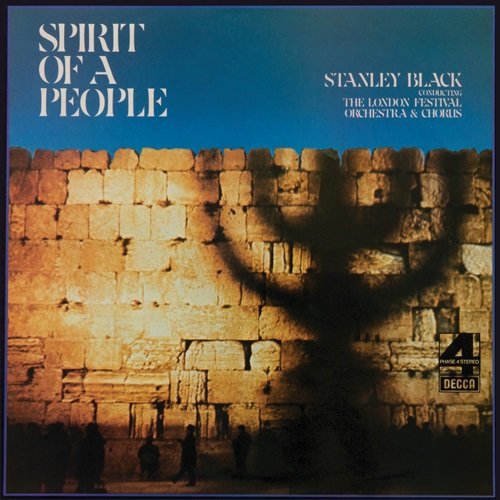Various Artists - Hannah Selin: Dream Journal & the Apocalypse (2024)
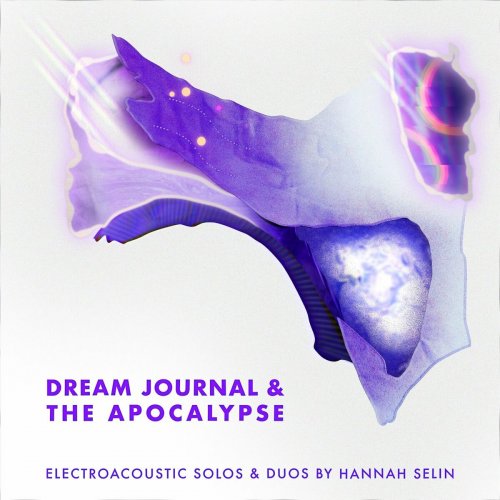
Artist: Various Artists
Title: Hannah Selin: Dream Journal & the Apocalypse
Year Of Release: 2024
Label: Gold Bolus Recordings
Genre: Classical, Modern Classical, Electroacoustic
Quality: FLAC (tracks)
Total Time: 46:15 min
Total Size: 223 MB
WebSite: Album Preview
Tracklist:Title: Hannah Selin: Dream Journal & the Apocalypse
Year Of Release: 2024
Label: Gold Bolus Recordings
Genre: Classical, Modern Classical, Electroacoustic
Quality: FLAC (tracks)
Total Time: 46:15 min
Total Size: 223 MB
WebSite: Album Preview
01. Dream Journal
02. Meditation on 82
03. The Apocalypse (Doesn't Have to Be) Now
04. Inverse Portraits (from Canarsie)
05. Mid-day
06. Evil Trees
Dream Journal & The Apocalypse is Hannah Selin‘s debut album as a composer. Its six tracks offer a glimpse into Selin’s imagination over the last five years, weaving together instruments, voices, and custom electronics developed in close collaboration with the musicians: Chromic Duo (piano/toy piano/synths), Stephanie Lamprea (soprano), Benjamin Katz (harpsichord), Ford Fourqurean (bass clarinet), and SydeBoob Duo (soprano/alto flute). Dream-worlds mix with the supernatural; ghostly echoes and whimsical vocalizations meet with the warm resonances and characters of acoustic instruments.
The compositions featured on the album transcend the dichotomies between nature and the supernatural, consciousness and the subconscious, humans and technology. Each piece tells a unique story, merging materials from disparate time periods and sources—field recordings, spoken voices, hymns, and poems. The electronics act sometimes as an expansion of the instruments, sometimes as a reflecting pool where time slows down and accumulates, and sometimes as their own independent musical entity.
Selin is a composer, violist and vocalist whose work spans acoustic and electroacoustic concert music, installations, songwriting, film scoring, and multidisciplinary collaborations. Her practice with electronics predates her work as an acoustic composer – her earliest compositions were musique concrète pieces created with processed field recordings and a vintage ARP 2600 analog synthesizer. In 2013, Selin exhibited Sylvania, an 18-channel sound-forest installation that wove together gentle synthesized harmonies and snippets of conversations with neighbors in deep south Philadelphia. In 2014, she collaborated with visual artist Anne Yoncha on in[Corporate], a multimedia installation inspired by the environment inside the human body. in[Corporate] featured 8-channel sound within a diaphanous pod constructed from hand-painted silk panels.
After this initial foray into sound art, Selin pivoted to acoustic composition for a number of years before returning to her electroacoustic roots in early 2020. The electroacoustic works on Dream Journal & The Apocalypse synthesize Selin’s multiple musical identities as a classical violist, singer-songwriter, composer, and sound artist. Selin built the album’s custom electronics using Max/MSP and Supercollider, with additional processing in Logic. Some of the electronics are simple electrical signals from devices such as cell phones and laptops transduced directly with a naked quarter-inch cable. Tracks 3, 4, and 5 feature live electronics whose randomized parameters ensure that each performance is unique. Musicians and listeners are drawn into an alternate dimension where instruments and electronics merge, warp, and stretch—tying into Selin’s focus on weaving together musical materials from different time periods.
The title track, Dream Journal, was composed in the dead of winter 2021 through a remote collaboration between Selin and the musicians of Chromic Duo. Their goal was to create a work of art inspired by a) the strange dreams of deep winter sleeps during lockdowns; and b) the capacity of our collective unconscious to connect us across vast expanses of time and space. Spoken and sung voices hang like veils on a spine of percussive prepared piano and cascading, polyrhythmic piano arpeggios. A wild, synthesized glissando that appears at a single, pivotal moment in the piece forms the melodic and harmonic background for the rest of the work.
The Apocalypse (Doesn’t Have to Be) Now is a warped version of an old Protestant hymn played on an electronically expanded harpsichord. Selin collaborated remotely with harpsichordist Benjamin Katz in the early days of the pandemic to compose this piece. The electronics, which Selin built using Supercollider, take on a life of their own—sometimes sinister, and sometimes full of wonder. The quoted hymn, commonly known as “Old 100th” or “The Doxology,” was a fixture at large family gatherings in Selin’s childhood, sung as a prayer before holiday dinners. As the electronics warp and refract Ben’s harpsichord performance, the music distorts and transforms the original hymn melody.
The album’s closing track, Evil Trees, is a whimsical exploration of the struggle between humans and technology. It weaves disparate musical sources—a 16th-century Lutheran hymn, the melody from Bach’s cantata Wachet auf (Sleepers Wake), lyrics from a Ouija seance, and transduced electrical buzzes and clicks—into an expansive songscape. The title refers to the cell towers poorly disguised as pine trees that can be spotted along highways across the U.S. The soprano and alto flute parts intersperse fragments of the original hymn melody and lyrics with often nonsensical interjections from a Ouija board seance conducted by SydeBoob Duo and Selin. In the seance, they communicated with a female French lumberjack and Colonial-era Brooklyn resident named Gale, whose spirit is believed to inhabit the dysfunctional microwave in soprano Anna Elder’s Brooklyn apartment
The compositions featured on the album transcend the dichotomies between nature and the supernatural, consciousness and the subconscious, humans and technology. Each piece tells a unique story, merging materials from disparate time periods and sources—field recordings, spoken voices, hymns, and poems. The electronics act sometimes as an expansion of the instruments, sometimes as a reflecting pool where time slows down and accumulates, and sometimes as their own independent musical entity.
Selin is a composer, violist and vocalist whose work spans acoustic and electroacoustic concert music, installations, songwriting, film scoring, and multidisciplinary collaborations. Her practice with electronics predates her work as an acoustic composer – her earliest compositions were musique concrète pieces created with processed field recordings and a vintage ARP 2600 analog synthesizer. In 2013, Selin exhibited Sylvania, an 18-channel sound-forest installation that wove together gentle synthesized harmonies and snippets of conversations with neighbors in deep south Philadelphia. In 2014, she collaborated with visual artist Anne Yoncha on in[Corporate], a multimedia installation inspired by the environment inside the human body. in[Corporate] featured 8-channel sound within a diaphanous pod constructed from hand-painted silk panels.
After this initial foray into sound art, Selin pivoted to acoustic composition for a number of years before returning to her electroacoustic roots in early 2020. The electroacoustic works on Dream Journal & The Apocalypse synthesize Selin’s multiple musical identities as a classical violist, singer-songwriter, composer, and sound artist. Selin built the album’s custom electronics using Max/MSP and Supercollider, with additional processing in Logic. Some of the electronics are simple electrical signals from devices such as cell phones and laptops transduced directly with a naked quarter-inch cable. Tracks 3, 4, and 5 feature live electronics whose randomized parameters ensure that each performance is unique. Musicians and listeners are drawn into an alternate dimension where instruments and electronics merge, warp, and stretch—tying into Selin’s focus on weaving together musical materials from different time periods.
The title track, Dream Journal, was composed in the dead of winter 2021 through a remote collaboration between Selin and the musicians of Chromic Duo. Their goal was to create a work of art inspired by a) the strange dreams of deep winter sleeps during lockdowns; and b) the capacity of our collective unconscious to connect us across vast expanses of time and space. Spoken and sung voices hang like veils on a spine of percussive prepared piano and cascading, polyrhythmic piano arpeggios. A wild, synthesized glissando that appears at a single, pivotal moment in the piece forms the melodic and harmonic background for the rest of the work.
The Apocalypse (Doesn’t Have to Be) Now is a warped version of an old Protestant hymn played on an electronically expanded harpsichord. Selin collaborated remotely with harpsichordist Benjamin Katz in the early days of the pandemic to compose this piece. The electronics, which Selin built using Supercollider, take on a life of their own—sometimes sinister, and sometimes full of wonder. The quoted hymn, commonly known as “Old 100th” or “The Doxology,” was a fixture at large family gatherings in Selin’s childhood, sung as a prayer before holiday dinners. As the electronics warp and refract Ben’s harpsichord performance, the music distorts and transforms the original hymn melody.
The album’s closing track, Evil Trees, is a whimsical exploration of the struggle between humans and technology. It weaves disparate musical sources—a 16th-century Lutheran hymn, the melody from Bach’s cantata Wachet auf (Sleepers Wake), lyrics from a Ouija seance, and transduced electrical buzzes and clicks—into an expansive songscape. The title refers to the cell towers poorly disguised as pine trees that can be spotted along highways across the U.S. The soprano and alto flute parts intersperse fragments of the original hymn melody and lyrics with often nonsensical interjections from a Ouija board seance conducted by SydeBoob Duo and Selin. In the seance, they communicated with a female French lumberjack and Colonial-era Brooklyn resident named Gale, whose spirit is believed to inhabit the dysfunctional microwave in soprano Anna Elder’s Brooklyn apartment


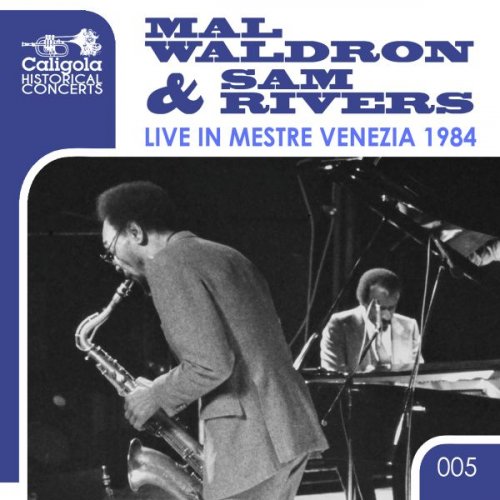
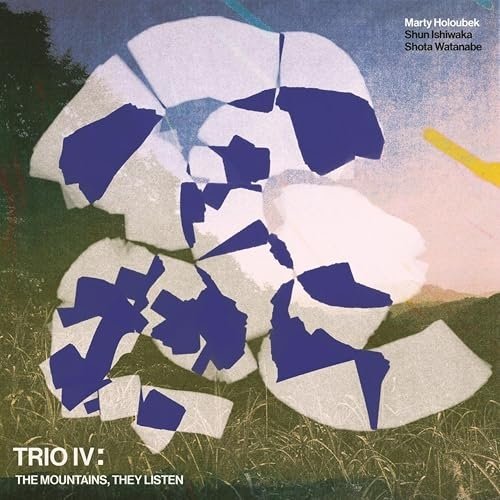
![Jeffery Scott Greer - Volume 4 (2025) [Hi-Res] Jeffery Scott Greer - Volume 4 (2025) [Hi-Res]](https://www.dibpic.com/uploads/posts/2025-12/1765495193_ok6khr4vmh5lk_600.jpg)
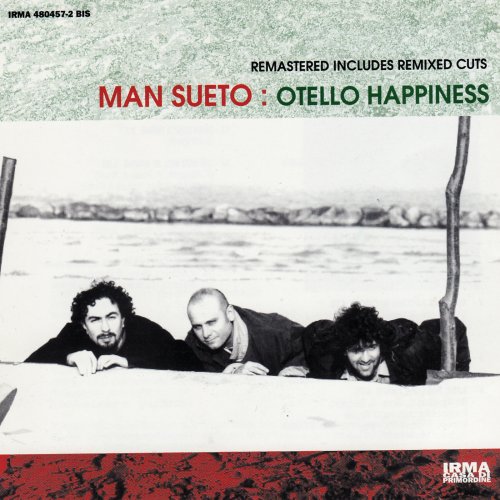
![Chewing, Dave Harrington, Ryan Hahn, Spencer Zahn - Quintet (Live in Los Angeles) (2025) [Hi-Res] Chewing, Dave Harrington, Ryan Hahn, Spencer Zahn - Quintet (Live in Los Angeles) (2025) [Hi-Res]](https://img.israbox.com/img/2025-12/12/owakjkfg0whflv2rzyocno89p.jpg)
![Eyal Talmudi - Sonolodge III (2025) [Hi-Res] Eyal Talmudi - Sonolodge III (2025) [Hi-Res]](https://www.dibpic.com/uploads/posts/2025-12/1765452900_lx0qd5oe5d27jughu8ket317s.jpg)
